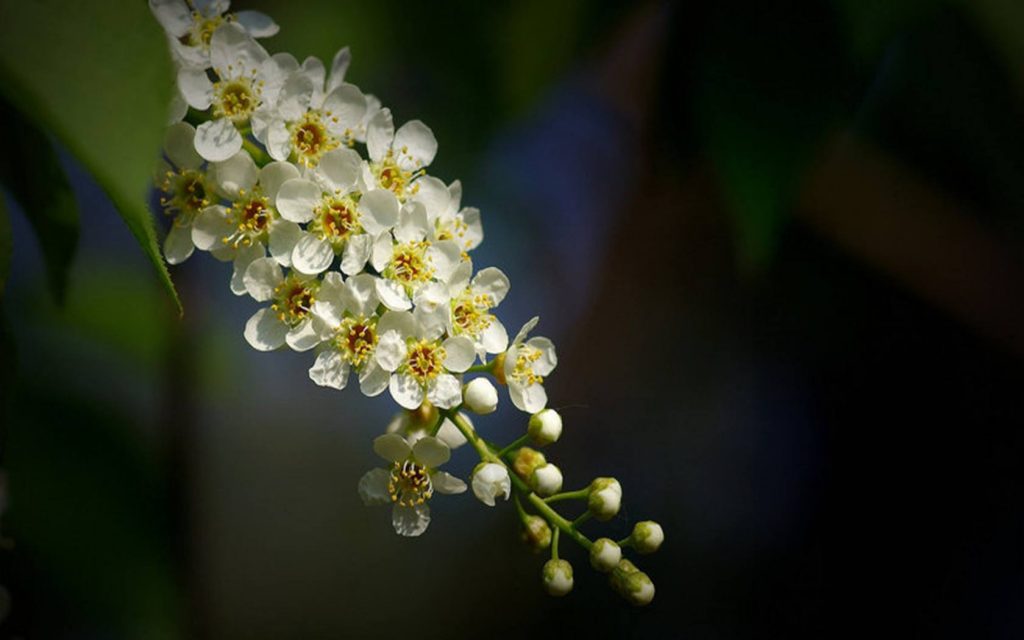Prunus virginiana seed

Choke cherry may get its name from its astringent and rather unappetizing fruits. The flowers are borne on drooping racemes at the ends of branches, appearing with the leaves in late May and June. Its broad, egg-shaped leaves distinguish it from its look-alike, pin cherry (Prunus pensylvanica). Eastern tent caterpillars find choke cherry to be a favorite host plant. Although wild choke cherries are bitter, several cultivars produce more palatable fruit. Birds feed heavily on the ripe fruits.
Alternate Names common chokecherry, choke cherry, black chokecherry, red chokecherry, California chokecherry, Virginia chokecherry, eastern chokecherry, western chokecherry, rum chokecherry, whiskey chokecherry, wild cherry, wild blackcherry, bird cherry, jamcherry, chokeberry, cabinet cherry, chuckleyplum, sloe tree, bitter-berry, caupulin. hardiness zones 2 to 7 naturally. If planted, chokecherry will grow into zone 10.
Uses Many people do not realize cherry and some other very important commercial fruit trees (apple, peach, plum, apricot, nectarines, and almonds) are in the rose family. Anthropologists indicate cherries have been harvested in Eurasia from 4,000 to 5,000 B.C. In 1629, chokecherry was imported to England where it has been cultivated as an ornamental. It was first cultivated in North America as an orchard crop in 1724.
Food: The common name, chokecherry, came from the bitter and astringent taste of the fruit. The fruit was a staple for numerous Indian tribes across the North American continent, especially to tribes who lived on the plains and prairies. Chokecherries were routinely cooked before they were eaten or dried thoroughly. Both methods served to break down any formation of prussic acid contained in the stone pits. Drying chokecherries improves their taste by sweetening them, or at the very least, getting rid of the naturally occurring bitter taste. Chokecherries were consumed in three ways by Indians. The fruit and/or juice were eaten. Whole cherries, including pulp, skin and stone, were pulverized into a pulp, shaped into balls and dried in the sun. Fruit balls could be stored for future use. Either boiling or drying the fruit will neutralize the naturally occurring hydrocyanic acid. The most important use was as part of the recipe for pemmican, or mince-meat. Pemmican was made by getting a slice of dried meat (bison was preferred over elk, deer or antelope) and pounding it with a stone until it had a fine texture. Bone marrow and animal lard were then heated and mixed with the meat.
